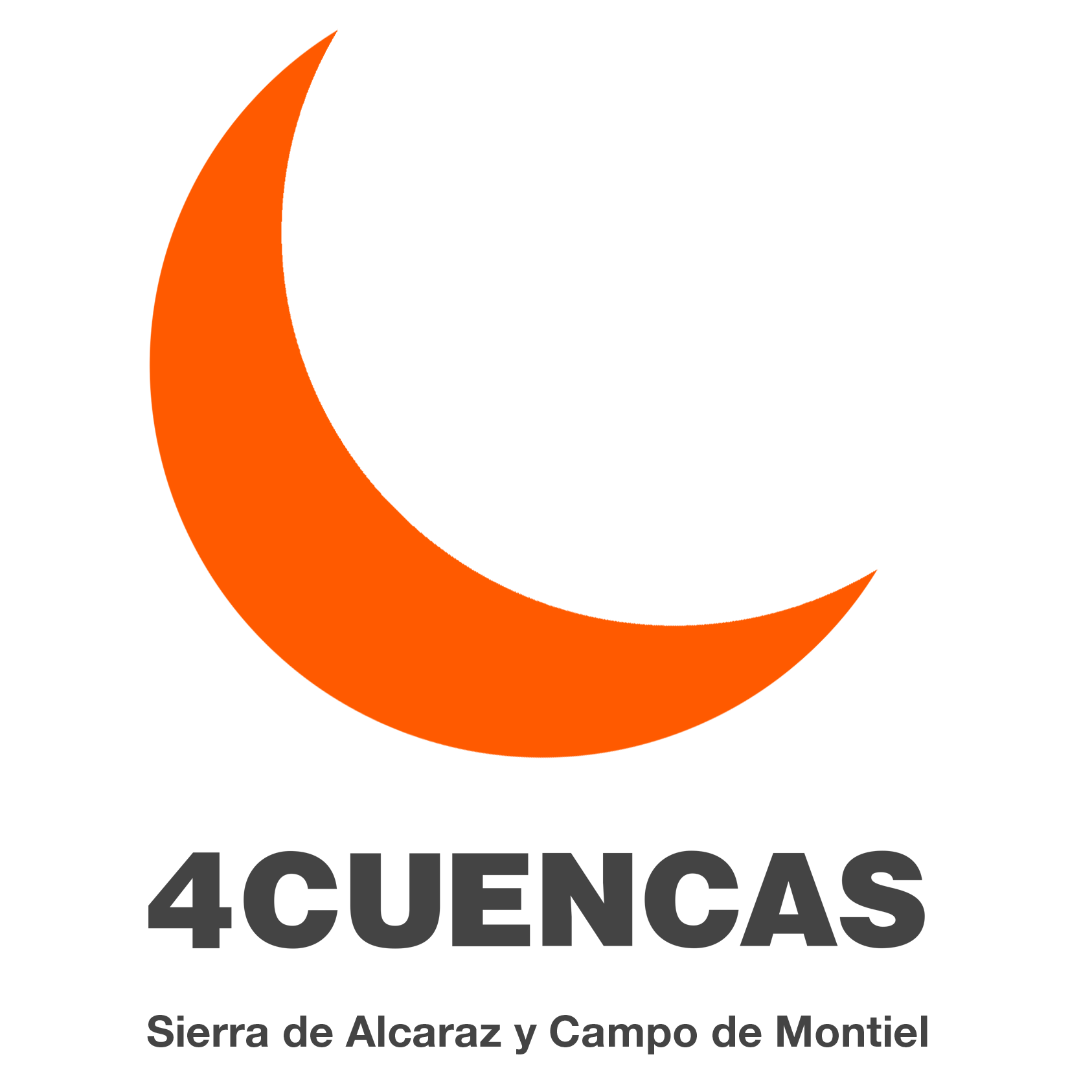Assets of
Cultural Interest
""Culture is that which, in death, continues to be life." André Malraux
ALCARAZ
Carpets from Alcaraz
Craftwork
The Arabs brought to the Peninsula the millenary technique of hand-knotted carpets. During this period and until the 17th century, the production of carpets in Alcaraz was very important, and having one of its carpets, which were considered the best in the whole of Castile, was a symbol of social prestige. The carpets of Alcaraz were authentic works of art, of a very special plastic beauty, richness and colour composition, combined with a very detailed technique in their elaboration: the Spanish knot.
During the period of greatest splendour of the City of Alcaraz, the carpets, in addition to being a commercial wealth of the highest order, were also used by the Council of Alcaraz to give gifts to Kings, great lords and influential personalities. Towards 1920, the collectionism and the magnificent estimation of these carpets made that many examples of great quality and antiquity were exported from the country. This led to the acquisition of Spanish carpets by major collectors and foreign museums.
Castle of Alcaraz
Monument | Militar Arquitecture
The origin of the town of Alcaraz was a fortified citadel and strategic point between the Kingdoms of Murcia, Granada and Castile. Its castle, located at the top of the Cerro de San Cristóbal, was one of the most important fortresses of the Middle Ages, built between the 10th and 11th centuries, in the Caliphate period, with a complicated history that ended in 1475, when the Catholic Monarchs, who had besieged its mayor Martín de Guzmán, expelled him from the city and the inhabitants of Alcaraz themselves demolished the castle.
It is a large rectangular enclosure that was developed according to a predetermined plan that was later slightly transformed according to new needs and constructions. Nowadays, part of it serves as the site for the cemetery of the town of Alcaraz and in the rest of it, only vestiges of the wall and some towers can be seen.
Church of the Holy Trinity
Monument | Church
The church of the Santísima Trinidad is of a transitional style between Gothic and Renaissance and dates from the 14th and 15th centuries. It has a square floor plan of seven metres on each side, with three naves, the central one higher and four sections. It has ogival ribbing, with four-pointed stars in the central nave. The weapons of the Catholic Monarchs appear on the central vault. On the epistle side of the presbytery, there is a Renaissance chapel with a vaulted ceiling with a clear Vandelvirian influence. The interior dome is divided into cassettes of decreasing size, also in a Vandelvirian style.
It has several side chapels such as the chapel of the Nazarene, the chapel of the Soledad, or the chapel of Pedro de Aragón, which resembles a triumphal arch. The baptistery of the church is a Renaissance addition. The cloister was built in the Renaissance. The main doorway is Gothic in style, flanked by pinnacles on both sides. It has an exterior arch with Gothic flourishes and busts and reliefs of knights and saints. It is also notable for its altarpiece, the work of the Renaissance painter Juan de Borgoña.
Monumental Square
Monument | Square
The "Plaza Mayor" of Alcaraz began to be built in the early years of the 16th century, with the aim of creating a large space, with arcades, for the needs of the market and the community. Rectangular in shape, it has the particularity of opening out onto the small square of the Church of La Trinidad (a temple of Gothic origin) and the hills that descend on this side of the town.
The square is dominated by two magnificent towers at its south-east corner, the "Torre de la Trinidad" (church tower) and the "Torre de El Tardón". To the south, it is enclosed by the "Lonja del Corregidor". Two other "lonjas" close the square, the "Lonja del Ayuntamiento" to the north, and the "Lonja de la Regatería" to the west, both of which are sober and elegant. In the northwest corner of the square are the "Arco de la Zapatería" and the "Casa de la Carnicería".
BIENSERVIDA
Church of San Bartolomé
Monument | Church
The church of San Bartolomé is located in Bienservida, a village that formed part of the historic Señorío de las Cinco Villas, in the Sierra de Alcaraz region. Its main altarpiece is a great jewel of the Renaissance that occupies the entire head of the altar. It stands out for its majesty and large dimensions. Fourteen metres high and nine metres wide, it is presided over by the patron saint, Saint Bartholomew. Sculpture and painting are combined with great skill, giving the whole a great aesthetic unity.
Although there is no documentary proof, its financing is attributed to the Countess of Paredes, who in the 16th century wished to acknowledge the faithful and sincere treatment that this small town had given her throughout her life, by ordering the construction of this beautiful complex, which was declared an Asset of Cultural Interest in 1991.
EL BONILLO
Church of Santa Catalina
Monument | Church
The church of Santa Catalina de El Bonillo is an example of 16th century Renaissance architecture. The sacristy and the choir are of architectural interest. The former is located at the east end of the building, and is rectangular and large. The choir is located at the foot of the church, over a lowered arch.
The tower is located on the west façade. It is divided into four sections; the first section has a plateresque window; the second and third sections are plain (the town clock stands out in the latter). The fourth section houses the belfry and the whole complex is crowned with a chapitel. On the outside, there are two classic-style entrance gates, located to the south and west respectively. The west doorway consists of a semicircular arch circumscribed between two pilasters.
Rollo-Picota
Monument | Justice Rollo
On the Cerro de San Cristóbal is the Rollo or Picota of El Bonillo. Erected in 1538, it represents the right and jurisdiction of the town to impart justice. It was used to expose the accused to public shame, from where they were stoned, insulted and humiliated by their own neighbours. It was also used to hang prisoners condemned to death and to expose the mutilated limbs of the executed.
It is built of stone in a cylindrical shape. It is five metres high and is estimated to weigh approximately 6,200 kg. The monument consists of a circular stone column with a smooth shaft topped by a simple moulding crowned by a conical point. At the top of the column's shaft there are four holes that would once have been occupied by four iron arms where the jurisdictional message would have been displayed.
LEZUZA
Church of La Asunción
Monument | Church
The church of La Asunción de Lezuza is of transitional Gothic-Renaissance style and its construction is linked to the new situation of the municipality during the 16th century.
The church has a single, very long nave with five sections, forty-eight metres long by only eight metres wide and thirteen metres high. It is covered with gothic vaults of varied design. The arches that separate the sections are supported by a kind of cornice. During the Baroque period, some chapels were enlarged. In the main chapel there is a baroque altarpiece and at the opposite end there is a choir. On the outside is the tower.
Archaelogical Park of Libisosa
Archaelogical Site | Ibero-Roman City
This is an enclave that has a privileged location, as it is in the centre of a territory crossed by a fundamental road network in the Iberian Peninsula. We are talking about the most important livestock roads since prehistoric and ancient times, and we must also bear in mind that these same roads were used to transport minerals to the Southeast and the Levant, which explains the high strategic value of the enclave in the ancient world.
The Museum Collection of Libisosa houses a selection of materials belonging to the Iberian phase of the Iberian-Roman site of Libisosa, included in the regio oretana, a name given in ancient literary sources that refers to the territory of the Iberian culture of the Southeast. The structures and materials found at the site of Libisosa, unparalleled in the rest of Oretania, emphasise the importance of this enclave as the backbone of both areas and as the nerve centre of the ancient period in what is now the province of Albacete.
The quantity, quality and variety of the Iberian material of Lezuza, the result of extraordinary circumstances and conditions of conservation, allow us to enjoy an inexhaustible field of approach to our most remote past. The tour of the Agripina Sociocultural Centre offers a sample of the craftsmanship, farming and livestock activities and trade of the ancient people of Libisosa, as well as the means of self-exaltation used by the ruling classes to maintain their power, and the traces of their dramatic end.
MUNERA
Hermitage Ntra Sñ. de la Fuente
Monument | Hermitage
The current appearance of the church of Nuestra Señora de la Fuente de Munera dates from the Baroque period of the 18th century, although it was built at this time as an extension or replacement of another temple that existed previously.
It has a Latin cross floor plan, with a single nave with four bays. The interior is articulated by pilasters. The vault of the chancel shows a pictorial representation with a large choir of musical angels. Although they are of no extraordinary merit, apart from the ornamental purpose they undoubtedly serve, these paintings also help to break up and somewhat lessen the rigidity of the church's construction.
The chapel is a quadrilateral room of regular dimensions covered by a dome with a blind lantern. The entrance doorway is single and lateralised, opening in the external angle formed by the nave and the transept arm on the Gospel side, with which it communicates.
Church of San Sebastián
Monument | Church
The church of San Sebastián has a single nave covered with a starred rib vault in the body of the nave. The nave is divided into six bays. At the foot of the church stands the tower with a square base and three sections. The first two are solid, and the last one alternates a double bell tower with a single bell tower crowned with a simple cornice and ending with a cone-shaped top. In the central section of the nave there are two entrance doors, the southern one is semicircular, the northern one is richly decorated.
The temple shows a certain constructive confusion, due to the influence of the two stages in which the works were carried out, the first in the 15th century - Gothic style - and the second in the 16th century - Renaissance style. It has no chapel, and the openings in the canvases are reduced to several niches. There are no altarpieces either. Both masonry and ashlar were used in the construction of this church, and it is covered on the outside with curved Arabic tiles.
Archaelogical Site
"Morra Quintanar"
Archaelogical Site | Bronze Age
The "Morra del Quintanar" had a final phase in the 14th century BC. Its location is similar to other sites in Campo de Montiel and the Motilla culture: not very high hills next to small watercourses and irrigated areas that provided them with an agricultural-based economic activity. The space was organised on the basis of walled defensive belts. In El Quintanar, the extension of the elevation in a flat area led to the installation of some stone dwellings and straight walls.
The defensive enclosure was made up of three concentric enclosures that have ended up acquiring an almost circular appearance due to successive repairs to their walls. The two oldest are the inner ones. The fragility of the construction led to its partial ruin and its reconstruction during the next phase (16th-15th centuries BC), when a hut was built with wood, branches and adobe bricks, the walls of which were plastered with mud. The outer enclosure was also erected at that time, forming a complex wall with reinforcements.
OSSA DE MONTIEL
Church of Santa M. Magdalena
Monument | Church
The church of "Santa María Magdalena de Ossa de Montiel" began to be built in the early years of the 16th century and was completed around 1530. It is of the type known as the diaphragm-arch type that proliferated in the province of Albacete at the end of the Middle Ages. The church has a simple rectangular floor plan, divided into four sections and separated by three large arches, reinforced on the outside by solid buttresses. The presbytery is flat and is integrated into the nave in the fourth bay.
From the spatial point of view, the church is very diaphanous, very luminous with a series of rectangular openings, not too regular, which give light to the interior. At the foot of the church is the choir, which occupies the entire width of the nave, supported by two stone columns of a different design. The entire building is built with ashlar and masonry walls, plastered both inside and out, except for the façade.
Tinaja Lagoon (Engravings)
Monument | Cave Paintings
The Tinaja lagoon has a perimeter of approximately 1.5 km, 700 metres long and 250 metres wide. Its name comes from the figure that resembles its perimeter contour. Numerous petroglyphs, engraved in the limestone rock, can be seen on the rocky walls of this lagoon.
The motifs represented are of a wide chronology. There are cruciform motifs, idol-like motifs (idol-plates) and occultic motifs, which leads specialists to believe that there was an Eneolithic presence at this site. A group of more or less schematic human figures (ancoriforms, passeriforms) can also be seen. Most of the petroglyphs at La Tinaja, which are carved deep into the rock, are in good condition.
PEÑAS DE SAN PEDRO
Town Hall
Monument | Civil Architecture
The Town Hall of Peñas de San Pedro is a building with an irregular floor plan in which the façade and the clock tower stand out. The building is baroque and consists of two clearly differentiated bodies on which a balcony runs along the entire façade.
The lower section consists of a large atrium that can be accessed through four semicircular arches. This space housed the municipal commodities exchange. The upper section consists of a porticoed gallery with eight semicircular arches.
The clock tower consists of four sections separated by three lines. The first two sections coincide with the structure of the main façade. The third section houses the Town Hall clock. The fourth and last section, typical of an ecclesiastical bell tower and where the bells are located, is crowned with a pyramidal roof.
Iglesia de Ntra.
Señora de la Esperanza
Monumento | Iglesia
The church of Nuestra Señora de la Esperanza de Peñas de San Pedro is one of the best examples of Baroque architecture in the province of Albacete due to its monumentality and rich interior decoration. It was built over a period of thirty years at the end of the first half of the 18th century.
It has a Latin cross floor plan and follows the Jesuit model of a single nave with four bays, with chapels covered by vaults. It has a large dome over the transept covered by a pyramidal roof.
The interior is articulated by pilasters with decorated capitals. The tower has a square base and four sections. At its base is the baptismal chapel.
ROBLEDO & EL BALLESTERO
Ermita de Villalgordo
Monument | Hermitage
Villalgordo is one of the first parishes founded in the area after the conquest of Alcaraz by Alfonso VIII. It is one of the oldest architectural remains in the province of Albacete. From Pentecost Sunday until the last Saturday in September, the Virgin of the Incarnation remains there until she is moved to the church of San Lorenzo Mártir in El Ballestero.
The Villalgordo Hermitage is one of the first parishes founded in the area after the conquest of Alcaraz by Alfonso VIII. It is one of the oldest architectural remains in the province of Albacete. From Pentecost Sunday until the last Saturday in September, the Virgin of the Incarnation remains there until she is moved to the church of San Lorenzo Mártir in El Ballestero.
VILLAPALACIOS
Church of San Sebastián
Monument | Church
The Church of San Sebastián of Villapalacios is a 15th and 16th century building in the late Gothic style, with a rectangular floor plan and diaphragm arches that divide the space into seven sections. Due to the resulting space and the attached pillars, the chancel may have been covered with a vault. The bell tower rises at the foot of the church.
The choir is the most artistic part of the church. It is made up of long wooden beams placed horizontally and a wooden column, also placed vertically in the centre, which serves to support the choir. The horizontal beams are carved in the shape of heads. Above the choir there is a unique Renaissance wooden tribune with twelve heads of figures, almost all of them depicted as monstrous, with pointed ears, bulging eyes, huge teeth and even horns. Under the choir there are polychrome decorations with Mudejar motifs, plant patterns and geometric motifs, constituting the most valuable artistic and pictorial contribution of the church, due to its good conservation since the Middle Ages.
















































